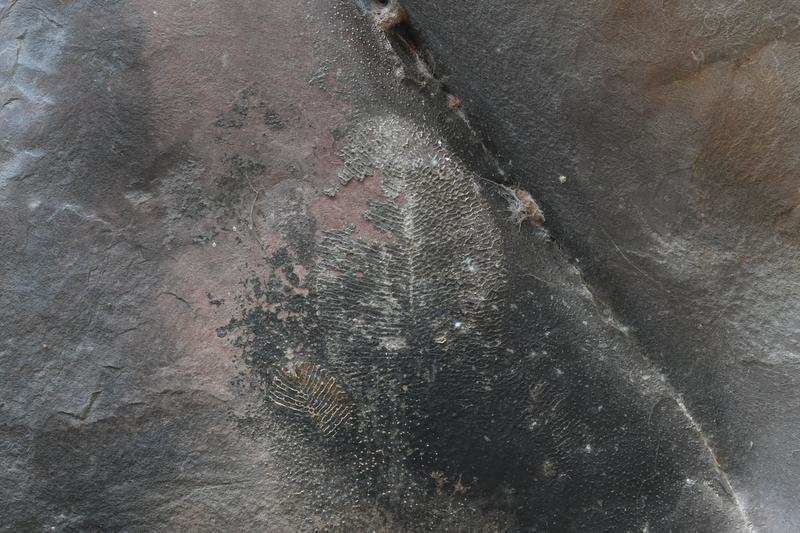Fossils are the preserved remains, or remnants of remains, of
ancient animals. Fossils are not the organism's traces! They're solid stone. A
fossil may retain a whole organism or only a portion of one. Fossils may be
formed from bones, shells, feathers, and leaves.
Bhopal: Bhimbetka is a
world-famous village in Raen district, about 45 kilometres from Bhopal, the
state capital of Madhya Pradesh. This ancient site's caves had ancient murals.
This Unesco-protected site is synonymous with the Stone Age.
A dickinsonia fossil discovered in Madhya Pradesh that is about 570 million
years old. The research was carried out jointly by Paleontologists(people
who study fossils) at the university at
Witwatsland in Johannesburg , south Africa, led by Gregory Ritalak,
a researcher at university of Oregon in the united states, and experts from
geological survey of India.
From fossils it appears that this creature is seventeen (17)
inches of the length. This organism is seen as a link in the evolutionary
stages of life. These fossils have been found at Bhimbetka’s ‘Auditorium” cave.
It was covered in sand. Leaf like structure. This organism
was one of the earliest multicellular organisms
Geological Survey of India’s Bhopal in-charge Tapan Pal, who
had come to visit the site, told The Hindu that they were the only such fossils
available in the country, and were similar to those seen in south Australia.
Such fossils provide evidence that this organism or animals
once existed in the universe. Paleontologist does an excellent job in assisting
in the discovery of such fossils.
What do you think about this?




Comments
Post a Comment
If you have queries on any topic you let me know. And want more blog about something then also let me know. THANK YOU.